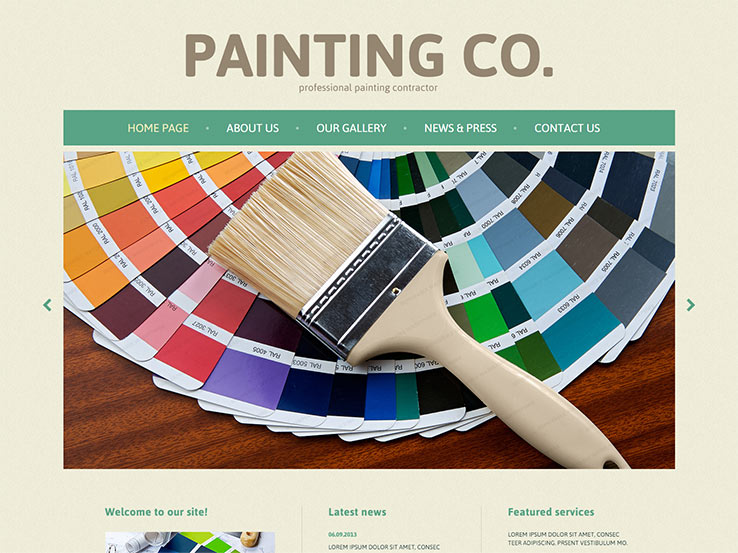Trick Seasonal Considerations For Commercial Exterior Painting: What You Required To Be Informed Concerning
Trick Seasonal Considerations For Commercial Exterior Painting: What You Required To Be Informed Concerning
Blog Article
Content Created By-Leach Skafte
When you're planning an industrial exterior paint project, seasonal aspects can make or break your results. great post to read 'll want to consider just how temperature and humidity effect paint application and drying out times. Choosing the best period can ensure your paint adheres properly and lasts much longer. However which periods are absolutely the very best for this kind of job? Allow's explore the key elements that can affect your job's success.
The Influence of Temperature Level on Paint Application
When you're planning an industrial outside paint project, the temperature level can dramatically influence exactly how well the paint adheres and dries.
Ideally, you intend to paint when temperatures vary between 50 ° F and 85 ° F. If it's too chilly, the paint may not cure properly, leading to problems like peeling off or fracturing.
On the flip side, if it's too hot, the paint can dry out also rapidly, avoiding correct attachment and causing an uneven coating.
You should also take into consideration the moment of day; morning or late afternoon supplies cooler temperature levels, which can be extra favorable.
Always check the supplier's recommendations for the certain paint you're using, as they commonly offer guidance on the optimal temperature range for optimum results.
Humidity and Its Impact on Drying Times
Temperature isn't the only environmental element that influences your industrial exterior paint task; humidity plays a substantial duty too. High moisture degrees can reduce drying times significantly, influencing the general high quality of your paint job.
When the air is filled with wetness, the paint takes longer to treat, which can bring about concerns like bad bond and a higher danger of mildew growth. If you're painting on an especially moist day, be prepared for prolonged delay times between layers.
It's crucial to keep track of local weather and plan appropriately. Preferably, go for humidity levels in between 40% and 70% for optimal drying.
Maintaining see page in mind guarantees your job stays on track and supplies a long lasting surface.
Best Seasons for Commercial Outside Painting Projects
What's the very best time of year for your commercial exterior painting tasks?
Springtime and very early autumn are normally your best choices. During these periods, temperatures are light, and moisture degrees are often lower, producing ideal conditions for paint application and drying.
Avoid summer's intense heat, which can cause paint to dry too quickly, resulting in poor adhesion and coating. In a similar way, winter months's cool temperatures can hinder proper drying and curing, running the risk of the durability of your paint work.
residential painting contractors for days with temperatures between 50 ° F and 85 ° F for optimal outcomes. Bear in mind to check the neighborhood weather prediction for rain, as damp problems can spoil your task.
Planning around https://exteriorhousepaintersnear77654.bloggactivo.com/34311164/learn-how-engaging-a-professional-painting-professional-can-enhance-your-task-aiding-you-save-time-and-guaranteeing-superior-outcomes-that-you-will-not-intend-to-skip guarantees your paint job runs efficiently and lasts longer.
Conclusion
Finally, planning your commercial external painting tasks around seasonal considerations can make a significant distinction in the outcome. By scheduling job throughout the ideal temperatures and humidity degrees, you'll make certain much better adhesion and drying times. Bear in mind to keep an eye on local weather report and select the correct time of year-- spring and early loss are your best choices. Taking these steps will certainly help you achieve a long lasting and professional finish that lasts.
